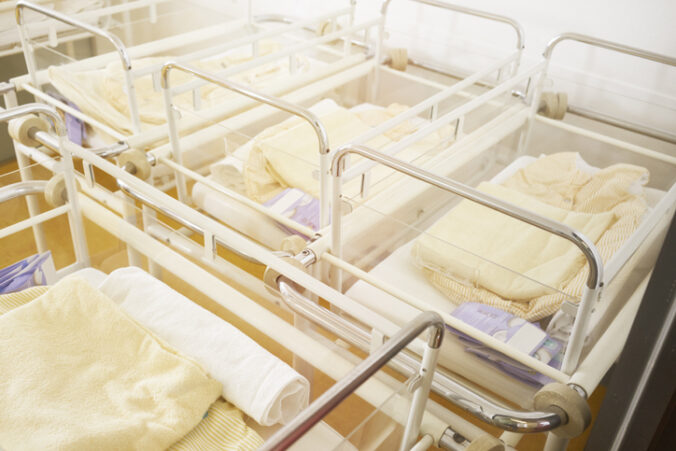
Over the past 70 years, there has been a global decline in fertility rates, with a total fall of 50pc. In most parts of the world, fertility rates are now well below the replacement level of 2.1 babies per woman. (Ireland’s fertility rate is about 1.6, from a peak of 3.9 births per woman in the early 1960s).
Data scientist and filmmaker Stephen J. Shaw has travelled to 24 countries and analysed millions of data points in order to understand global fertility rates and predict the future population of the Earth. The results, presented in his documentary, “Birthgap”, are alarming.
It is a common belief that there are too many people on this planet, but the truth is that there is a real risk that the overall population will collapse, with dramatic consequences. Shaw predicts a humanitarian crisis of lonely old people.
Even if the overall number of people is still growing, soon the trend will reverse, as it is already happening in many countries.
Seventy percent of countries worldwide are currently below the population tipping point. As the number of newborns continue to decline, there will be a greater responsibility for supporting a larger elderly population.
Significantly, Shaw shows that in 30 industrialised countries, the average family size in the mid-1980s was the same as today: 2.4 people. This being so, why have average fertility rates falling by so much? The answer is that far fewer people are becoming parents at all.
By way of illustration, he points out that Japan has one of the lowest fertility rates in the world at 1.34. In 1973, 6pc of Japanese mothers were having four or more children, but surprisingly this figure is exactly the same today. What has changed is the number of childless women. It was 6pc in 1973 and within four years it reached 30pc, causing a drastic drop in births.
The same can be seen in other countries with very low birth rates. In Italy, for instance, 40pc of women are now childless.
It is not that mothers are having fewer children, but instead, there are fewer mothers. So the real issue is childlessness, which is often not what childless women want, Shaw claims.
This trend can be attributed to many factors.
A meta-study by Dutch academic Prof. Renske Keizer, found that just 10pc of women without children are childless by choice, 10pc for medical reasons, and 80pc because of circumstances. The most common factor is that they cannot find a suitable relationship. Paradoxically, this happens more when they are more educated and have a good career, as the more professionally successful a woman is, the stronger her preference for successful men. The problem is that not enough of these men exist.
Another factor, Shaw says, is that the female ‘fertility window’ is often overestimated and having children is delayed, by choice or circumstances, until the chance is gone.
There is no simple solution to a complex problem and all attempts so far have only mitigated the trend that has become global. Only in parts of Africa are fertility rates still above the replacement level.
Given that more women want children than is the case, society needs to urgently find legitimate ways of meeting this wish.
Nessun commento:
Posta un commento